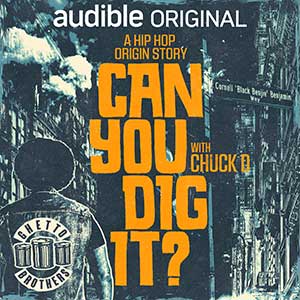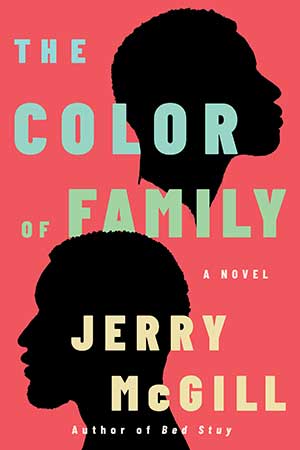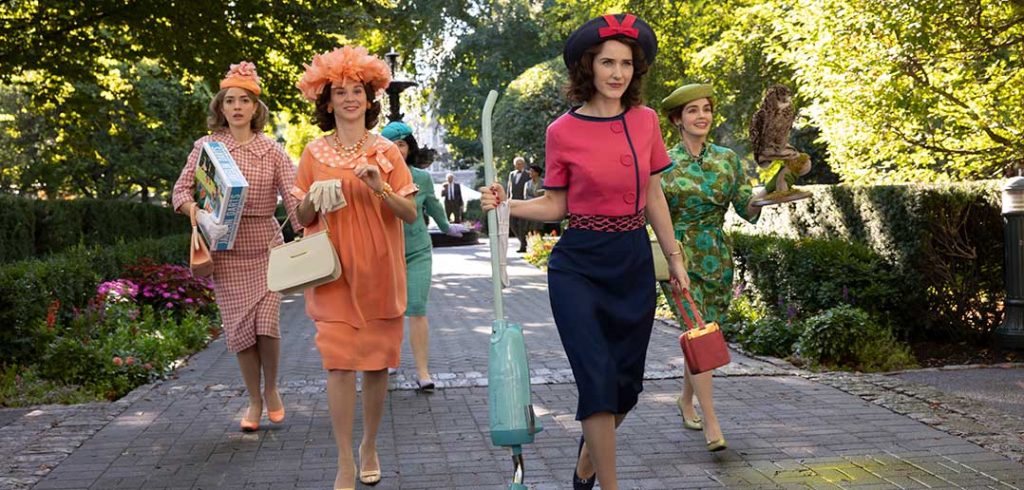The Marvelous Mrs. Maisel
featuring Joel Johnstone, FCLC ’01—and the Rose Hill campus
After five celebrated seasons, The Marvelous Mrs. Maisel has come to an end. The fan-favorite comedy about a rule-breaking 1950s housewife turned raucous comedian featured Rachel Brosnahan as the title character, Miriam “Midge” Maisel, and Michael Zegen as her soon-to-be-ex-husband Joel, vice president of a plastics company and an aspiring comedian. Fordham’s own Joel Johnstone, FCLC ’01, starred as Archie Cleary, who, along with his wife Imogene, is one of the couple’s best friends. Johnstone aside, the cast and crew were no strangers to Fordham, having filmed at the Rose Hill campus a couple of times. In fact, if you look closely at episode eight of the final season, you’ll notice something familiar in the background: Cunniffe Fountain and Edwards Parade (see above). In this episode, in which Fordham provides the setting for Midge’s college reunion, the characters engage in a lot of self-reflection, illustrated with some throwback clips, and Midge’s dad, Abraham (Tony Shalhoub), finally comes to appreciate the women in his life. Mrs. Maisel is far from the only production to be drawn to Rose Hill’s idyllic beauty. Since the 1940s, dozens of TV shows and films have been shot, in part, at Fordham—including 2015’s True Story, which starred James Franco, Jonah Hill, and Felicity Jones, and featured Fordham Theatre grad Betty Gilpin, FCLC ’08, in a supporting role.
—Sierra McCleary-Harris
Can You Dig It?
co-created and executive produced by Bryan Master, FCRH ’99
 This past August marked the 50th anniversary of hip-hop, and media outlets across the world have been looking back at the early days of the culture. In this audio series, though, the focus is on events that led to the birth of hip-hop—ones that took place not far from Fordham’s Rose Hill campus. Co-created by Bryan Master, FCRH ’99, and narrated by legendary Public Enemy rapper Chuck D, Can You Dig It? chronicles the 1971 gang peace treaty in the Bronx that paved the way for hip-hop. Through scripted scenes and unscripted interviews, it tells the story of the murder of Ghetto Brothers member Cornell “Black Benjie” Benjamin, which resulted in an escalation of violence. That moment of chaos was followed by the Hoe Avenue peace meeting, organized by the Ghetto Brothers’ Benjamin “Yellow Benjy” Melendez, which ushered in an era of relative calm among gangs in the South Bronx. Two years later, on August 11, 1973, with young people in the area safer to socialize across neighborhood boundaries, Cindy Campbell threw a “Back to School Jam” in a recreation room at 1520 Sedgwick Avenue. Her brother, Kool Herc, DJ’d the party, which came to be considered the origin of hip-hop music. For Master, the founder and owner of Sound + Fission, a music and audio production company, the series is a tribute to the peacemakers and an open “love letter to the Bronx.”
This past August marked the 50th anniversary of hip-hop, and media outlets across the world have been looking back at the early days of the culture. In this audio series, though, the focus is on events that led to the birth of hip-hop—ones that took place not far from Fordham’s Rose Hill campus. Co-created by Bryan Master, FCRH ’99, and narrated by legendary Public Enemy rapper Chuck D, Can You Dig It? chronicles the 1971 gang peace treaty in the Bronx that paved the way for hip-hop. Through scripted scenes and unscripted interviews, it tells the story of the murder of Ghetto Brothers member Cornell “Black Benjie” Benjamin, which resulted in an escalation of violence. That moment of chaos was followed by the Hoe Avenue peace meeting, organized by the Ghetto Brothers’ Benjamin “Yellow Benjy” Melendez, which ushered in an era of relative calm among gangs in the South Bronx. Two years later, on August 11, 1973, with young people in the area safer to socialize across neighborhood boundaries, Cindy Campbell threw a “Back to School Jam” in a recreation room at 1520 Sedgwick Avenue. Her brother, Kool Herc, DJ’d the party, which came to be considered the origin of hip-hop music. For Master, the founder and owner of Sound + Fission, a music and audio production company, the series is a tribute to the peacemakers and an open “love letter to the Bronx.”
—Adam Kaufman, FCLC ’08
The Color of Family
a novel by Jerry McGill, FCRH ’92
 In his latest novel, Jerry McGill, author of Bed Stuy: A Love Story (2021) and the memoir Dear Marcus: A Letter to the Man Who Shot Me (2012), shares a portrait of the Paynes, an upper-class, African American family that lives in suburban Connecticut. Despite appearances, the Paynes aren’t quite as happy as people assume, especially when twins from France—the result of one of patriarch Harold Payne’s extramarital affairs—arrive on the family’s doorstep. One fateful night, brothers Devon and James are in a car accident that leaves Devon paralyzed. James eventually goes off to college and excels at football, the sport they both loved. When Devon is moved into a rehabilitation center across the country, the distance between the two brothers— wrought by their explosive, sports-fueled rivalry—is no longer just figurative. Years later, as Devon travels around the world over the course of a decade to visit his seven siblings, he sees how the traumatic accident of his youth has affected—and connected—all of them. They each may have moved on in their own way, but it’s only through forgiveness and by coming to terms with the past that they’ll be able to live freely in the present. Though Devon is at the center of the novel, McGill weaves in diary entries and first-person narratives from the other characters, giving readers a chance to examine the relationships, events, and heartbreaks from multiple perspectives. The novel is less than 300 pages, and that, coupled with the shifting points of view, makes it a great, page-turning read.
In his latest novel, Jerry McGill, author of Bed Stuy: A Love Story (2021) and the memoir Dear Marcus: A Letter to the Man Who Shot Me (2012), shares a portrait of the Paynes, an upper-class, African American family that lives in suburban Connecticut. Despite appearances, the Paynes aren’t quite as happy as people assume, especially when twins from France—the result of one of patriarch Harold Payne’s extramarital affairs—arrive on the family’s doorstep. One fateful night, brothers Devon and James are in a car accident that leaves Devon paralyzed. James eventually goes off to college and excels at football, the sport they both loved. When Devon is moved into a rehabilitation center across the country, the distance between the two brothers— wrought by their explosive, sports-fueled rivalry—is no longer just figurative. Years later, as Devon travels around the world over the course of a decade to visit his seven siblings, he sees how the traumatic accident of his youth has affected—and connected—all of them. They each may have moved on in their own way, but it’s only through forgiveness and by coming to terms with the past that they’ll be able to live freely in the present. Though Devon is at the center of the novel, McGill weaves in diary entries and first-person narratives from the other characters, giving readers a chance to examine the relationships, events, and heartbreaks from multiple perspectives. The novel is less than 300 pages, and that, coupled with the shifting points of view, makes it a great, page-turning read.
—Sierra McCleary-Harris


